*written and submitted before BAFTA longlist announcement
At least fifteen films currently appear viable for a Best Cinematography nomination at the 97th Academy Awards. Since 2010, about 53% of the category’s nominees received nods from all three major cinematography precursors—the American Society of Cinematographers (ASC), British Society of Cinematographers (BSC), and British Academy Film and Television Awards (BAFTA). Most years, three films in the Oscar lineup have that combination; one title with only an ASC endorsement isn’t uncommon. Even as Critics’ Choice and EnergaCAMERIMAGE continue to gain relevance, the guild remains our single most important bellwether when handicapping this race.
No season between 2007—the first year ASC and the Academy of Motion Picture Arts and Sciences (AMPAS) had identical lineups—and 2021 saw fewer than four matching nominees. During 2022’s sixteen-year low point, two of ASC’s fringe picks (Empire of Light and Bardo) still managed to appear at the Academy Awards in, and only in, Best Cinematography, demonstrating how closely tastes can align even when consensus is in short supply—which seems to be the case this year. From a Best Picture contest that could go four different ways to a field of lead actresses so large that the final lineup will be one of triple-digit reasonable outcomes, the 2024/25 season could well produce a few of its own stat-foiling peculiarities.
Besides the possibility of the field’s leaders in critic prizes (Nosferatu) and Oscar nominations (Emilia Pérez and/or Wicked) ultimately missing the cinematography branch’s cutoff, more than two slots could go to non-Best-Picture titles for only the fourth time in the expanded era. Each of the current three examples includes a film shot by Roger Deakins, an undeniable industry favorite who’s gotten about a quarter of the non-Picture nominations in this timeframe overall. Furthermore, those seasons didn’t have a hard set 10 Picture slots. Otherwise, Carol and Inside Llewyn Davis would’ve likely competed for the academy’s top prize in their respective years. Now that the academy has abandoned the sliding scale and obligated voters to nominate ten films, common sense suggests the number of nominations for non-Best-Picture contenders per year should decrease, but strong cases can nevertheless be made for at least four films.
How many irregularities can pile atop one another in a single season? As ASC, BSC, BAFTA, and AMPAS unveil their lineups over the next month, we’ll have a better idea of just how chaotic—or predictable—this year’s Best Cinematography race really is.
Anora
Though one of 2024’s best-looking releases, Anora has mainly been acclaimed for its screenplay and ensemble. Even the legions of critics groups that have showered Sean Baker’s Palme winner left it out of this category. Still, an argument ought to be made for DP Drew Daniels, who fashions Baker’s characteristically gritty yet fairytale-adjacent visual sensibilities—and anamorphically convex frames—into a kind of snowglobe realism. Options like The Brutalist more loudly declare their homage to their past, but this wintery, modern-day Coney Island epic burns its own special kind of New Hollywood fuel.
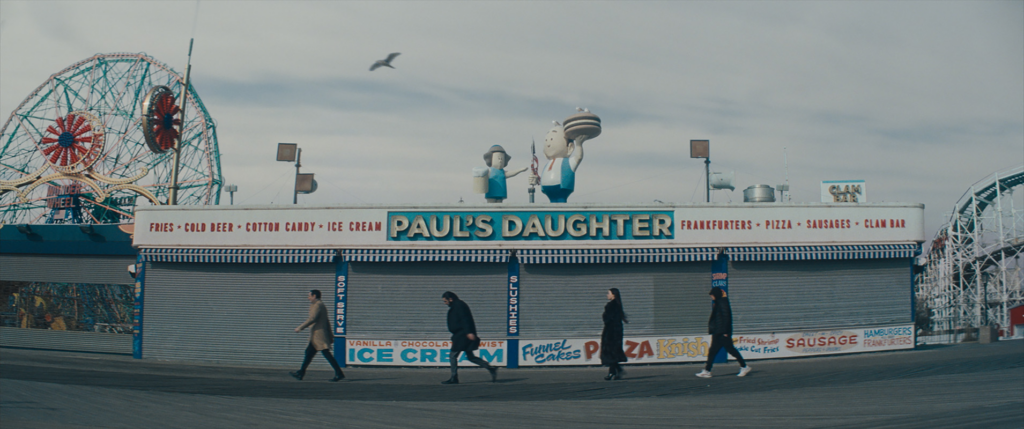
The Brutalist
The Brutalist is defined by its visual presentation in a way few films are. The fact that it was shot on 35mm VistaVision is as integral to the film as the journey undertaken by its protagonist. Everything about Brady Corbet’s mammoth mid-century melodrama glimmers with the memory of a bygone era’s cinema. Already equipped with a Silver Frog win and Critics’ Choice nomination, The Brutalist can be expected to appear at all three cinematography precursors without a hiccup on its way to a likely Oscar win.

Blitz
A war film directed by Steve McQueen that looks as if it could’ve been shot by Roger Deakins, Blitz should’ve been a major contender this season but has failed to inspire any kind of passion. Even Empire of Light managed to get in, but that movie actually was shot by Roger Deakins and had a Critics’ Choice nomination. McQueen’s recreation of besieged London could still endear itself to BSC and BAFTA, a combination that’s netted seven Oscar nominations over the past fourteen years. The most recent example, All Quiet on the Western Front, even won the award, but that film had a slew of other nominations. Blitz is working under a much lower ceiling. BAFTA’s cinematography longlist is the film’s final chance to make any kind of play for this category.
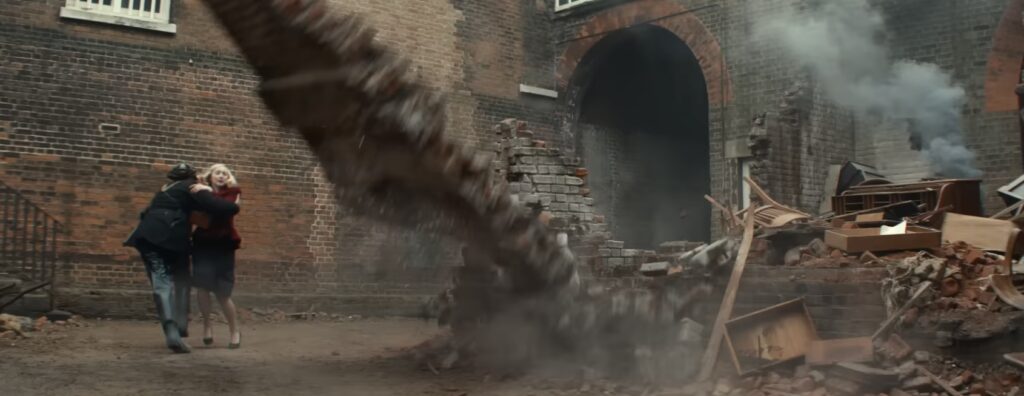
A Complete Unknown
For all the money they make and adults they draw to theaters, music biopics get a bad “rhap” these days—largely due to their candy-fication by the subgenre’s offerings over the past seven years. But A Complete Unknown has nothing stylistically in common with Bohemian Rhapsody or Elvis (which, it’s worth noting, were both recognized for their cinematography—Rhapsody at BAFTA and Elvis with an ASC win and Oscar nomination). It’s also lensed by the twice-nominated Phedon Papamichael. Nebraska, of course, is black and white, and his nomination for The Trial of the Chicago 7 will forever carry a footnote reminding us that the branch didn’t have many options in 2020. But other options were available the year prior, when Papamichael nearly got nominated for another collaboration with James Mangold, Ford v Ferrari. The film earned cinematography nominations from Critics’ Choice, ASC, and BAFTA before becoming one of the rare contenders with that combination to miss the Oscar five (the other recent example being Top Gun: Maverick). None of that would matter if A Complete Unknown weren’t terrifically photographed. Considering the film’s visual quality and Papamichael’s proximity to a nomination in 2019, he’s one to look out for—maybe not for an Oscar nomination, but for some sort of precursor presence. Coincidentally, Papamichael is yet again competing against both a Joker film and a Robert Eggers/Jarin Blaschke collaboration.

Conclave
The Brutalist may have an entire section dedicated to the procurement of marble, but Conclave has the MOST marble. Edward Berger’s papal thriller is shot in the austere, icily precise style of Todd Field’s Tár, which didn’t score an ASC nomination but did eventually (after securing spots at BSC and Critics’ Choice) make the Oscar five. However, that film won Camerimage’s Golden Frog and was received as a serious piece of auteur cinema, whereas Conclave, no matter how artfully blocked, is considered fast food (albeit the premium kind) by even its biggest fans. But like 2011’s The Girl with the Dragon Tattoo, the film has enough style to distract voters from its airport-paperback-thriller origins. If the British cinematography guild and BAFTA nominate DP Stéphane Fontaine, Conclave will have the same path to the Academy Awards as Life of Pi, Lincoln, and The Lighthouse. BSC+BAFTA actually boosted Edward Berger’s previous film, All Quiet on the Western Front, to an Oscar nomination (and win), and that film didn’t even have the Critics’ Choice nod that Conclave’s already marked off.
Dune: Part Two
Dune’s slot has been taken for granted most of the year—perhaps foolishly, considering sequels have such a tough time breaking into the category that even Top Gun: Maverick became the rare precursor leader to get snubbed. That the first Dune won the category three years ago doesn’t help Part Two’s case. The Lord of the Rings: The Return of the King, even though it led 2003 releases in nominations and ultimately won Picture and Director, fell short two years after The Fellowship of the Ring took the award. Avatar: The Way of Water, another sequel to a film that won the category, missed the cut despite showcasing more than a decade’s worth of technical advancement. The infrared arena battle on Giedi Prime is undoubtedly one of the year’s coolest scenes, but the branch’s attitude toward sequels has by now been clearly demonstrated.

Emilia Pérez
Even at Critics’ Choice, where it scored ten nominations, Jacques Audiard’s divisive musical failed to secure a slot in Cinematography. But the film still has several factors on its side: it’s contending for Best Picture and Director; Camerimage (where Emilia Pérez prevailed over Conclave and Dune: Part Two) has boosted films with much smaller profiles to their sole Oscar nomination; most importantly, few films lead their year in nominations (as Emilia Pérez is expected to) without an appearance in this category—the notable exceptions being American Hustle (which was tied with the eventual winner, Gravity), the aforementioned The Return of the King, and Everything Everywhere All at Once. Some may point to the fact that another musical, Dreamgirls, missed as evidence that Emilia Pérez is at a disadvantage, but that film was the distinct nomination leader to fall short of a spot in Best Picture. Even if ASC overlooks the film, it might still win over enough international voters to nab an Oscar slot with a BSC/BAFTA combination the way All Quiet on the Western Front, Judas and the Black Messiah, and Ida (which, like Emilia Pérez, placed at Camerimage) did.
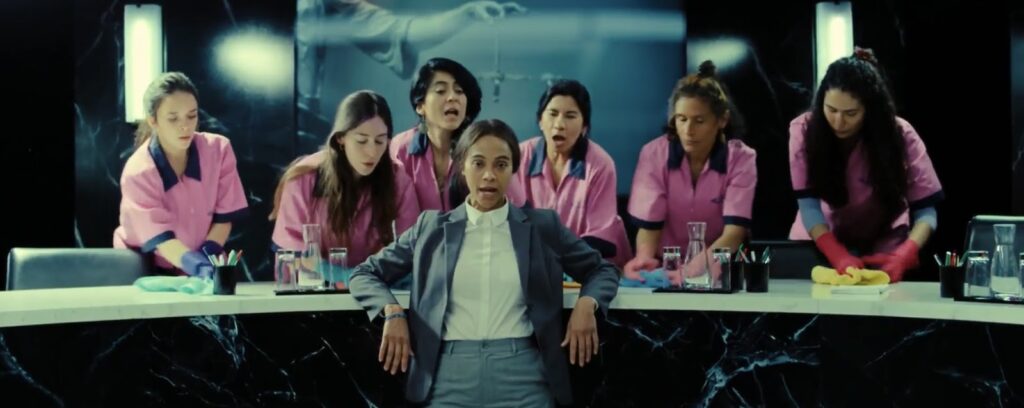
The Girl with the Needle
The Girl with the Needle is precisely the sort of film a Camerimage win catapults into the race. The film has the same black-and-white Euroarthouse prestige that drew branch members to Ida and Cold War while also delivering the pulpy aesthetic of a twisted carny flick or wicked witch tale—Nightmare Alley directed by Michael Haneke, if you will. El Conde’s similar marriage of style and genre worked in its favor a year ago, when the vampiric political satire placed second at Camerimage and nabbed nominations from ASC and the academy. In 2022, Bardo also appeared at the Oscars after only receiving a Silver Frog in Toruń and an ASC mention.
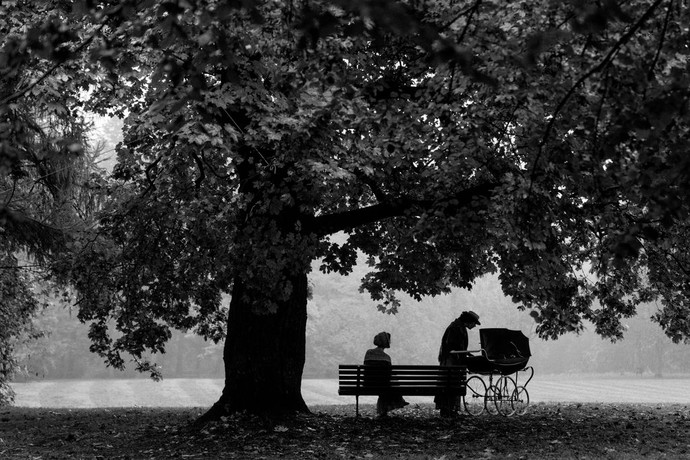
Gladiator II
What a shame that a discussion of 2024’s finest achievements in cinematography has to include one of the ugliest pieces of entertainment produced this decade. Blame BAFTA, which over the past few years has included Napoleon, Ferrari (directed by Michael Mann but marred by the same indifference to lighting and composition), and even House of Gucci on its cinematography longlist. For that reason alone, Gladiator II is, however tenuously, in closer proximity to the race than dozens of much worthier films—but the likelihood of it going any farther than BAFTA’s preliminary round is incredibly slim.
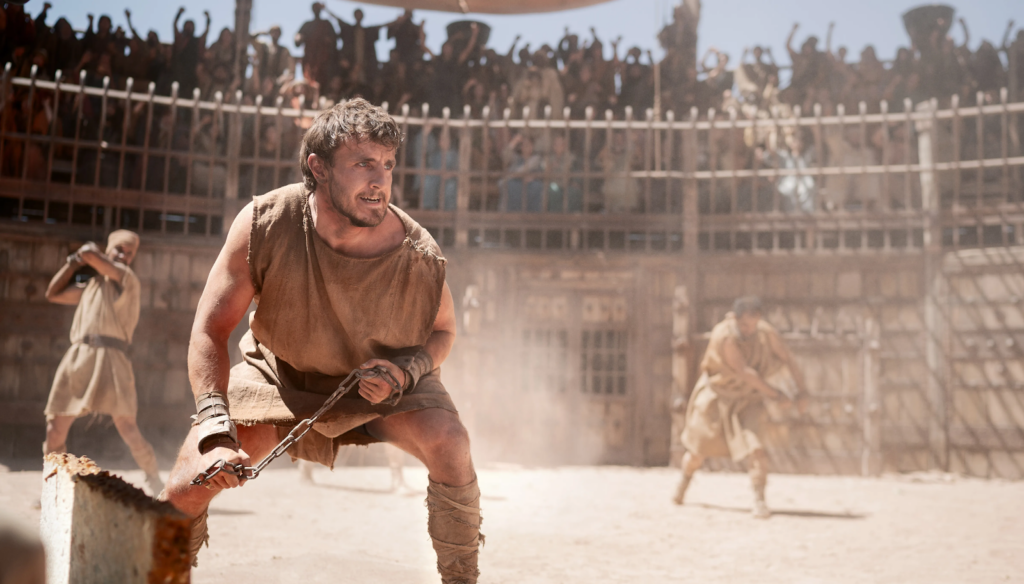
Joker: Folie à Deux
Members of the academy’s cinematography branch love going to Gotham City, but not as much as ASC voters do. The guild has nominated a Batman movie five times, even recognizing 2022’s The Batman. That film’s DP, Greig Fraser, is actually the most vulnerable to getting shut out this year if Joker makes the lineup. Even if it misses ASC, Folie à Deux could still get a boost from BSC or BAFTA, both of which also nominated the Matt Reeves film. If there’s anything that can help Todd Phillips’ ambitious cross-genre sequel overcome its disastrous reception, it’s that third-act tracking shot of Arthur’s courthouse escape. The Clown Prince will once again have the final laugh if Folie à Deux beats the category’s sequel bias instead of Dune: Part Two.
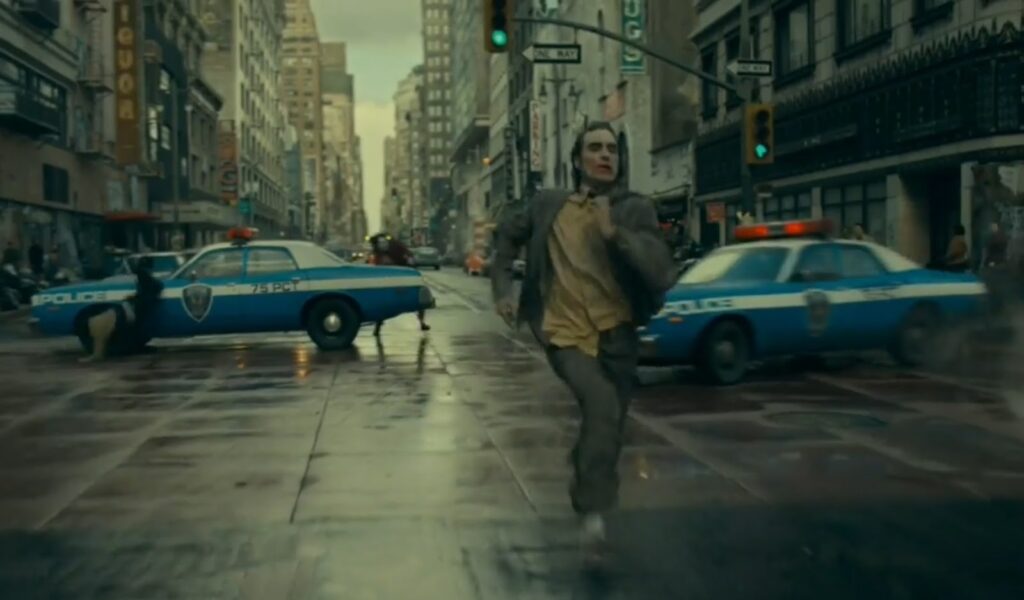
Maria
Neither Jackie nor Spencer was recognized in this category, but they weren’t shot by Ed Lachman. Overdue for a first Oscar, Lachman could become only the second DP in 18 years to win for a non-Picture nominee. But Blade Runner 2049, in addition to having an overdue narrative for Roger Deakins, had 2017’s highest count of precursor wins. Maria hasn’t received anywhere close to the same kind of attention. Is a nomination at least possible? Lachman was a solo nominee just a year ago for another collaboration with Pablo Larraín, El Conde, but keep in mind that it also had the not insubstantial benefit of a Silver Frog win and a vacant “international black-and-white arthouse” slot (which this year is likely to be filled by The Girl with the Needle). Unless Lachman is actually competitive to win the Oscar—and there have been no signs suggesting he is—a nomination for Maria (which is only viable in one other category) doesn’t feel urgent. BSC voters, for one, will need a better reason, considering they awarded Lachman in 2015 for Carol and overlooked El Conde a year ago.
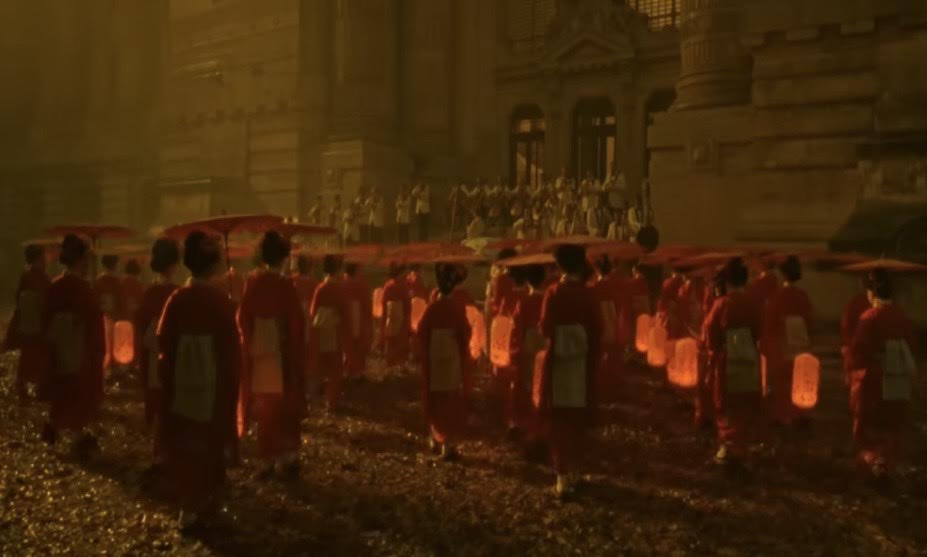
Nickel Boys
The star of RaMell Ross’ Nickel Boys is DP Jomo Fray, whose first-person-POV cinematography has been hailed as revolutionary by the film’s many advocates. The case for a nomination, however, is complicated by the fact that neither the guild nor the academy opted for Jonathan Glazer’s similarly experimental The Zone of Interest—a Best Picture and Director contender shot by a twice-nominated DP. Nevertheless, Fray has been showing up in places Łukasz Żal didn’t, already winning more critic prizes than Zone collected by the end of its awards run. Combined with the Critics’ Choice nod Fray’s already received, a mention from ASC will keep it in contention for a slot at the Oscars—even if BSC and BAFTA opt for different films.
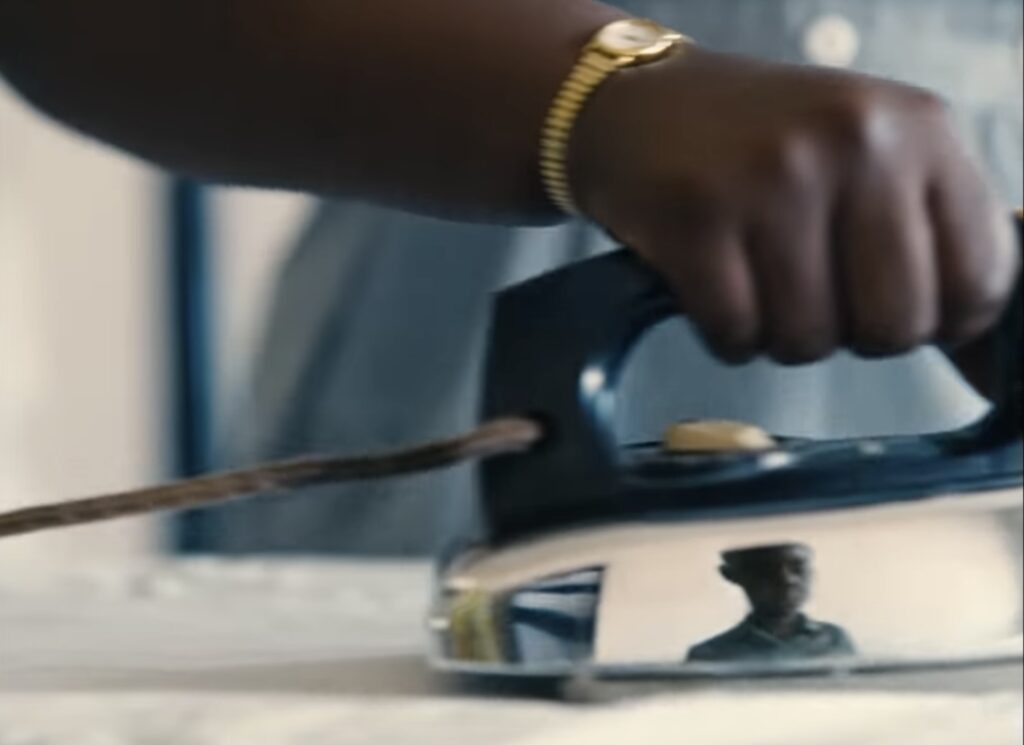
Nosferatu
Voters love a film with an auteurial vision so precise that, like Avatar and Oppenheimer, it pioneers the very tools used to make it. With Nosferatu, Robert Eggers puts the German Expressionist visual language of F.W. Murnau’s original into hyperdrive, creating a technical marvel indebted to the past but unmistakably of the present (not unlike 2020 winner Mank and 2021 nominee The Tragedy of Macbeth). Best Director may be too stacked—and Nosferatu too far out of the Best Picture conversation—for Eggers to eek out a nomination, but the cinematography branch is sure to recognize the magic trick he’s pulled off with DP Jarin Blaschke, part of which called for the custom design of the lens filter that casts a monochromatic blue over the film’s nighttime sequences. An unusual number of non-Best Picture players are in the mix this year, and Nosferatu, which is winning the lion’s share of critic prizes, is the strongest among them. The leading performer with critics is nearly always nominated by both the guild and the academy, the only exception in over fifteen years being Top Gun: Maverick. That said, those films all competed for Picture (except Blade Runner 2049), making Nosferatu something of an anomaly already.
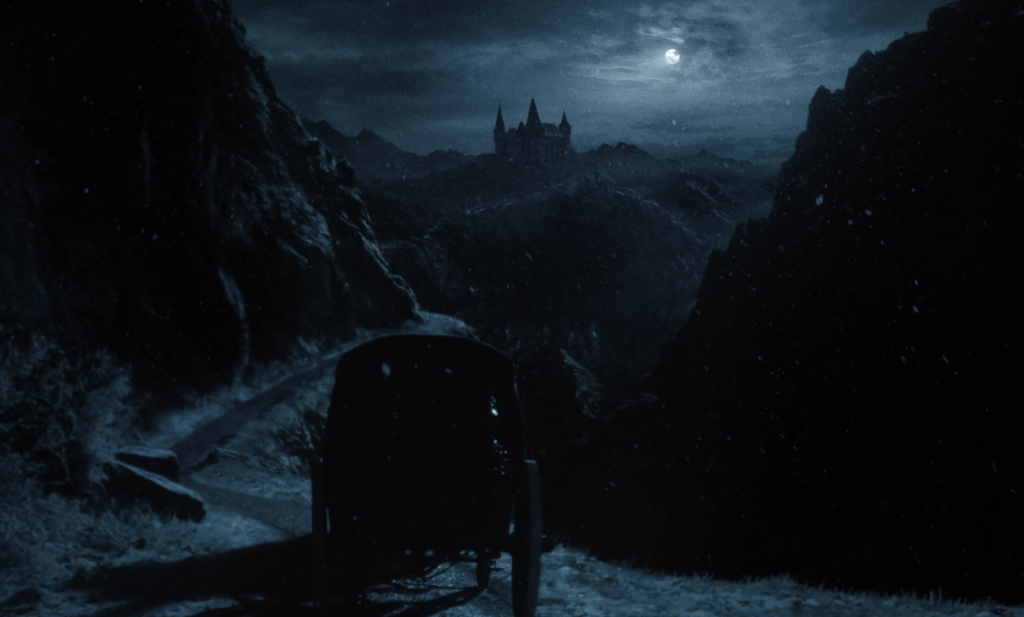
The Substance
Speaking of anomalies, no film in this year’s awards crop is a bigger unicorn than The Substance. Still, the sleeper hit’s cinematography has (notwithstanding a few regional nominations) gone uncommended even where the movie has otherwise performed exceptionally well. Ultimately, voters may decide that too much of the film’s visual identity is owed to its Kubrick-inspired production design and forgo the opportunity to recognize DP Benjamin Kračun.
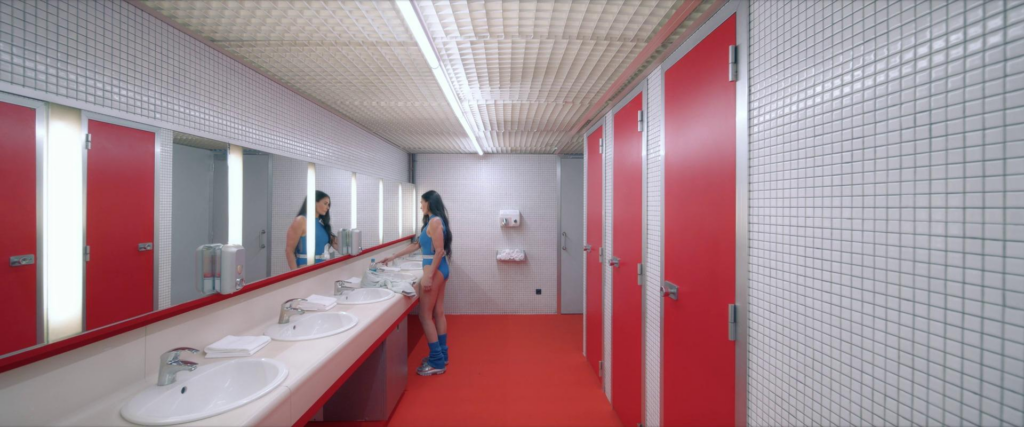
Wicked
Cinematographers make up one of the academy’s least populist branches and rarely go
for CGI-heavy blockbusters. The Critics’ Choice nomination may look promising—or alarming, depending which side of the Twitter war over Wicked’s color grade, or lack thereof, you fall on—but that’s nothing Black Panther and Barbie didn’t achieve. Nevertheless, Wicked’s fans might argue the Barbie miss is irrelevant, considering DP Rodrigo Prieto was contending in the same season for Killers of the Flowers Moon. Additionally, Wicked may end up with the season’s highest nomination count should Emilia Pérez fail to maximize its haul. In that case, will it be the rare nomination leader to miss?
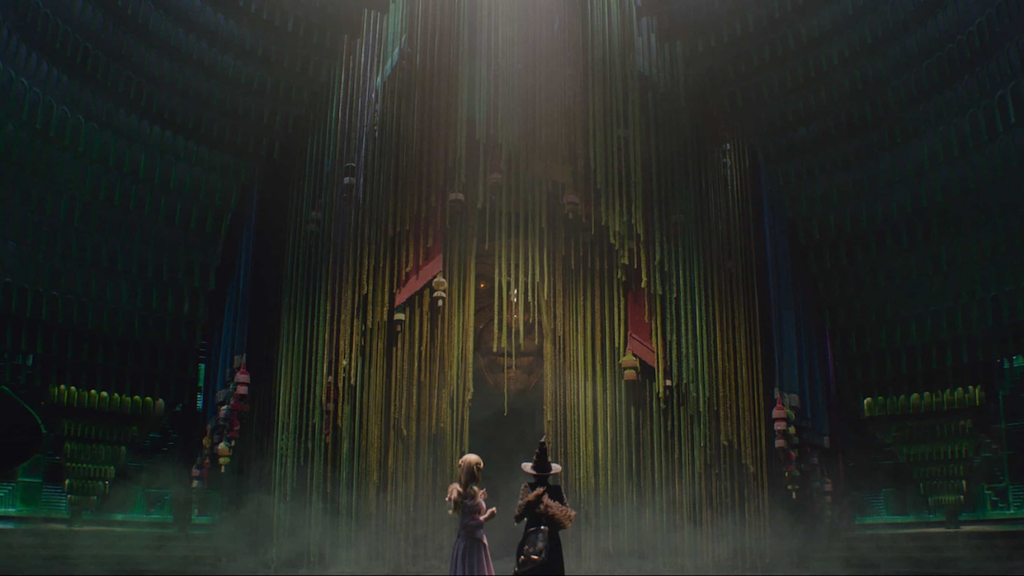
BAFTA Longlist Predictions:
The Brutalist
Nosferatu
Conclave
Emilia Pérez
A Complete Unknown
Joker: Folie à Deux
Nickel Boys
Dune: Part Two
Blitz
Gladiator II
ASC Predictions:
The Brutalist
Nosferatu
Conclave
The Girl with the Needle
A Complete Unknown
BSC Predictions:
The Brutalist
Nosferatu
Conclave
Emilia Pérez
Joker: Folie à Deux
BAFTA Predictions:
The Brutalist
Nosferatu
Conclave
Emilia Pérez
A Complete Unknown
Oscar Predictions:
The Brutalist
Nosferatu
Conclave
Emilia Pérez
The Girl with the Needle
Potential Oscar Spoilers:
Maria
Nickel Boys
A Complete Unknown
Dune: Part Two
Joker: Folie à Deux






